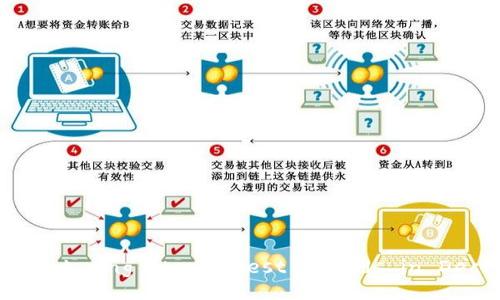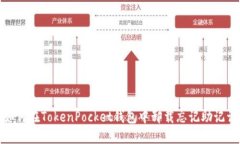Decentralized Finance (DeFi) is one of the latest trends in the blockchain and cryptocurrency space. It represents a paradigm shift that aims to move the financial system from centralized to decentralized structures using smart contracts. One of the key players in this emerging industry is TokenPocket DeFi, a leading platform that provides access to a wide range of DeFi applications.
In this article, we will explore TokenPocket DeFi in detail and explain the latest trends in the DeFi industry. We will also answer some of the most prominent questions related to the technology and discuss how it works.
 DeFi is gaining traction because it offers a more decentralized and transparent financial system. Through DeFi, users can bypass intermediaries and access financial applications in a trustless environment. DeFi also allows for greater accessibility, as anyone with an internet connection can participate. With DeFi, users have greater control over their assets and can earn higher yields on their investments than traditional banks.
DeFi is gaining traction because it offers a more decentralized and transparent financial system. Through DeFi, users can bypass intermediaries and access financial applications in a trustless environment. DeFi also allows for greater accessibility, as anyone with an internet connection can participate. With DeFi, users have greater control over their assets and can earn higher yields on their investments than traditional banks.
 TokenPocket DeFi works by connecting users to a variety of DeFi applications. Users can access these applications through TokenPocket's user-friendly interface. The platform supports multiple blockchains, including Ethereum, Binance Smart Chain, and Huobi ECO Chain. In addition to DeFi applications, users can manage their assets, trade cryptocurrencies, and participate in yield farming protocols.
TokenPocket DeFi works by connecting users to a variety of DeFi applications. Users can access these applications through TokenPocket's user-friendly interface. The platform supports multiple blockchains, including Ethereum, Binance Smart Chain, and Huobi ECO Chain. In addition to DeFi applications, users can manage their assets, trade cryptocurrencies, and participate in yield farming protocols.
What is TokenPocket DeFi?
TokenPocket DeFi is a platform that caters to the growing demand for decentralized finance. It is one of the leading wallets in the blockchain space that provides access to a wide range of DeFi applications, including DEXs, lending platforms, yield farming protocols, and more. TokenPocket DeFi also enables users to manage their assets and trade cryptocurrencies across multiple blockchains. It offers a user-friendly interface, making it easy for beginners to understand and use.Why is DeFi Gaining Traction?
 DeFi is gaining traction because it offers a more decentralized and transparent financial system. Through DeFi, users can bypass intermediaries and access financial applications in a trustless environment. DeFi also allows for greater accessibility, as anyone with an internet connection can participate. With DeFi, users have greater control over their assets and can earn higher yields on their investments than traditional banks.
DeFi is gaining traction because it offers a more decentralized and transparent financial system. Through DeFi, users can bypass intermediaries and access financial applications in a trustless environment. DeFi also allows for greater accessibility, as anyone with an internet connection can participate. With DeFi, users have greater control over their assets and can earn higher yields on their investments than traditional banks.
What Makes DeFi Different from Traditional Finance?
DeFi is different from traditional finance in several ways. First, it eliminates intermediaries, such as banks and financial institutions, and uses smart contracts to execute transactions. Second, DeFi is public and transparent, meaning that transactions can be viewed by anyone on the blockchain. Third, it is borderless, allowing users to transact across different countries and jurisdictions easily. Finally, DeFi is more accessible to everyone, including the unbanked population.How Does TokenPocket DeFi Work?
 TokenPocket DeFi works by connecting users to a variety of DeFi applications. Users can access these applications through TokenPocket's user-friendly interface. The platform supports multiple blockchains, including Ethereum, Binance Smart Chain, and Huobi ECO Chain. In addition to DeFi applications, users can manage their assets, trade cryptocurrencies, and participate in yield farming protocols.
TokenPocket DeFi works by connecting users to a variety of DeFi applications. Users can access these applications through TokenPocket's user-friendly interface. The platform supports multiple blockchains, including Ethereum, Binance Smart Chain, and Huobi ECO Chain. In addition to DeFi applications, users can manage their assets, trade cryptocurrencies, and participate in yield farming protocols.



